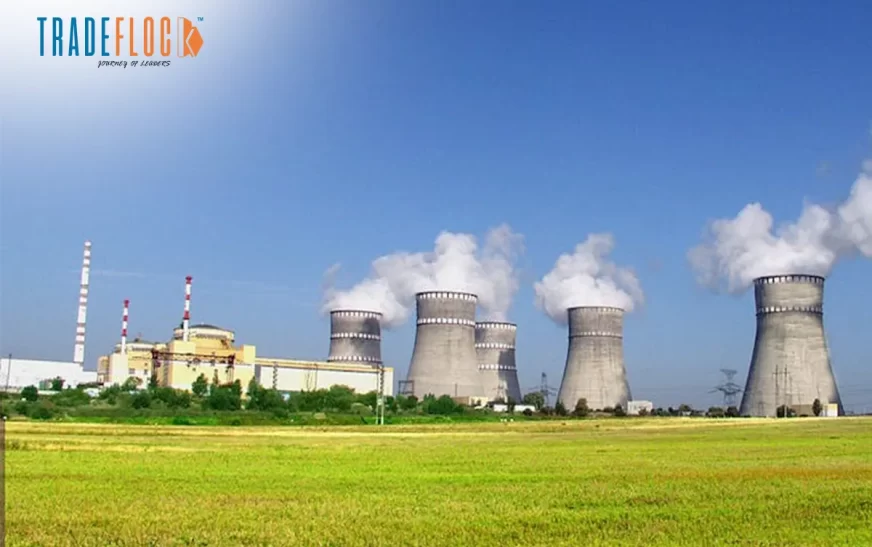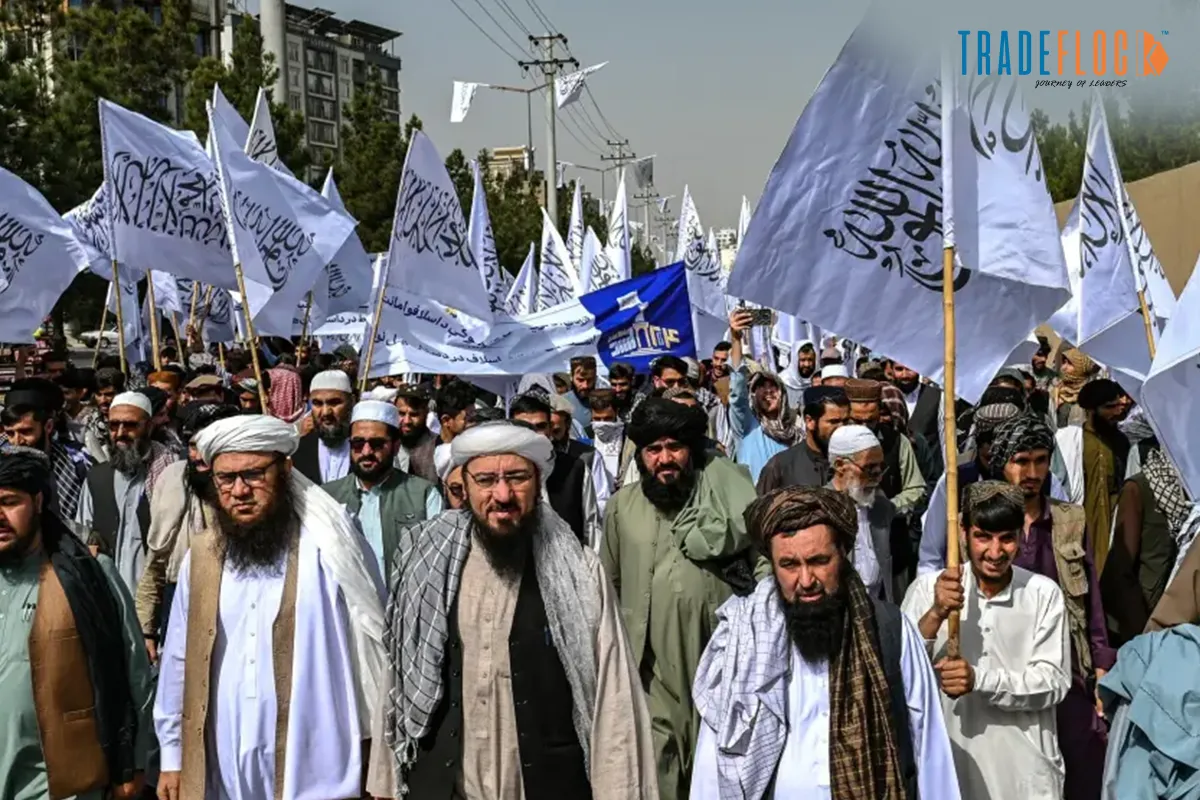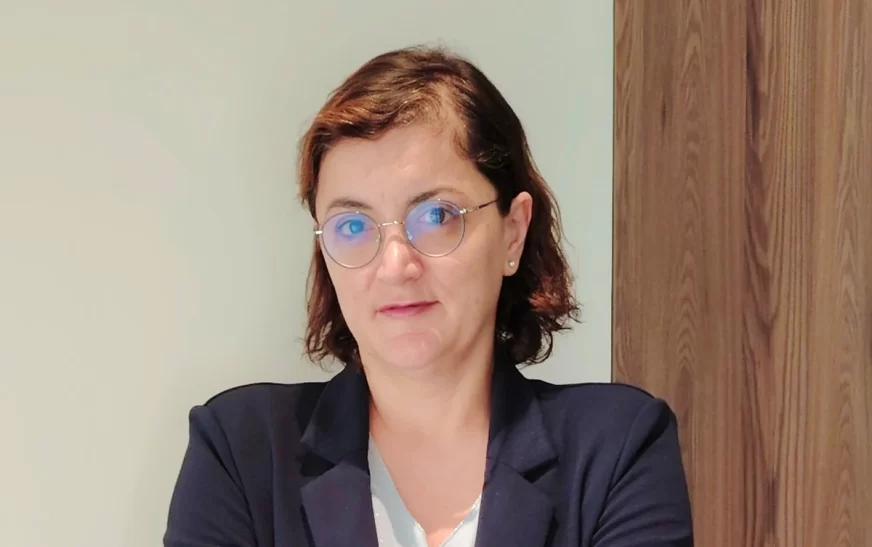At the southern edge of Ukraine, nestled along the Dnipro River in the city of Enerhodar, there is a facility that once symbolised national progress and energy security, ‘the Zaporizhzhia Nuclear Power Plant’ (ZNPP). Today, it has become one of the most volatile geopolitical flashpoints in Europe.
Seized by Russian forces in March 2022, just weeks after the full-scale invasion of Ukraine, the ZNPP, Europe’s largest nuclear facility, now operates in a dangerous legal and operational limbo. With its reactors largely offline and international regulators voicing alarm, the world is left to ask – Who will ultimately control Zaporizhzhia?
A Powerhouse Turned Political Pawn
Before the war, the ZNPP accounted for nearly 30% of Ukraine’s electricity supply, housing six VVER-1000 reactors with a combined capacity of 6000 megawatts. It was a symbol of Ukraine’s energy independence and thus, a prime target during the invasion. Following occupation, the Russian government announced the federalisation of the plant, assigning its operation to Rosatom, Russia’s state nuclear agency. Ukraine’s nuclear operator, Energoatom, condemned the move as illegal, arguing that it violates international conventions regarding the conduct of occupying powers.
According to the Hague Regulations of 1907, an occupying force does not gain sovereign rights over occupied infrastructure, particularly critical civilian infrastructure like a nuclear power plant. As per a 2023 UN Security Council report, Russia’s claim to the ZNPP as its own “federal property” is “not recognised under international law.”
Inside the Plant: Decay, Duress and Danger
What is happening inside the plant is equally troubling. Once over 11,000 employees strong, the workforce has dwindled to fewer than 4,500, many of whom were pressured to sign contracts with Rosatom under threat of dismissal or worse. Human Rights Watch has reported multiple cases of harassment and detention of Ukrainian staff.
The reactors themselves are currently in cold shutdown, but risks remain high. The International Atomic Energy Agency (IAEA) reported that the plant has been disconnected from Ukraine’s grid seven times since 2022, each time risking failure of critical cooling systems. On several occasions, only emergency diesel generators have stood between the reactors and potential meltdown. “The repeated shelling near the plant is a recipe for disaster,” said IAEA Director General Rafael Grossi during a 2024 site visit.
A Diplomatic and Legal Minefield
The question of ownership is not merely symbolic, it is legally and diplomatically explosive. In the eyes of the Ukrainian government and its Western allies, the ZNPP remains sovereign Ukrainian property. This view is supported by the European Nuclear Safety Regulators Group (ENSREG) and the G7, which issued a joint statement in 2023 asserting that “Russia’s attempted seizure of the ZNPP is illegal and void.”
On the other hand, Russia claims it is acting as a “protector” of the plant, justifying its occupation under the guise of nuclear safety — a claim that international observers widely reject. As per Al Jazeera, Russia has denied IAEA access to critical monitoring equipment several times, deepening mistrust.
Furthermore, despite being a state-run civilian agency, Rosatom’s involvement in the ZNPP raises serious concerns about dual-use technologies, as nuclear expertise could be redirected for non-peaceful purposes. This has led some European nations to sanction Rosatom executives, even though the company has not faced full sector-wide sanctions.
Why Does the ZNPP Matters Globally?
Beyond sovereignty, control of the ZNPP is about setting precedents. The Geneva Conventions and subsequent protocols are clear: civilian infrastructure should not be militarised, and nuclear facilities must remain under transparent, independent control. Allowing any state to commandeer such a facility during wartime, and claim it as their own, shatters decades of international nuclear norms.
A hypothetical incident at Zaporizhzhia would dwarf the consequences of Fukushima. A 2023 risk assessment by Greenpeace International projected that a meltdown could affect up to 20 million people across Ukraine, Belarus, Moldova, and even southern Russia.
Diplomacy and De-escalation
Despite ongoing conflict, diplomatic efforts continue. The IAEA has proposed establishing a “nuclear safety and protection zone” around the ZNPP, a demilitarised buffer zone that Ukraine and Russia would commit to honour. So far, negotiations have stalled, largely due to Russia’s insistence that it holds legitimate control.
Meanwhile, Ukrainian President Volodymyr Zelenskyy has remained firm: “The Zaporizhzhia plant must be returned to full Ukrainian control, overseen by international inspectors, and operated according to Ukrainian law.”
Experts argue that a solution may require tripartite oversight, potentially involving Ukraine, the IAEA, and neutral third-party observers. Although complicated, this model has precedent in Cold War-era joint control arrangements over disputed military installations.











